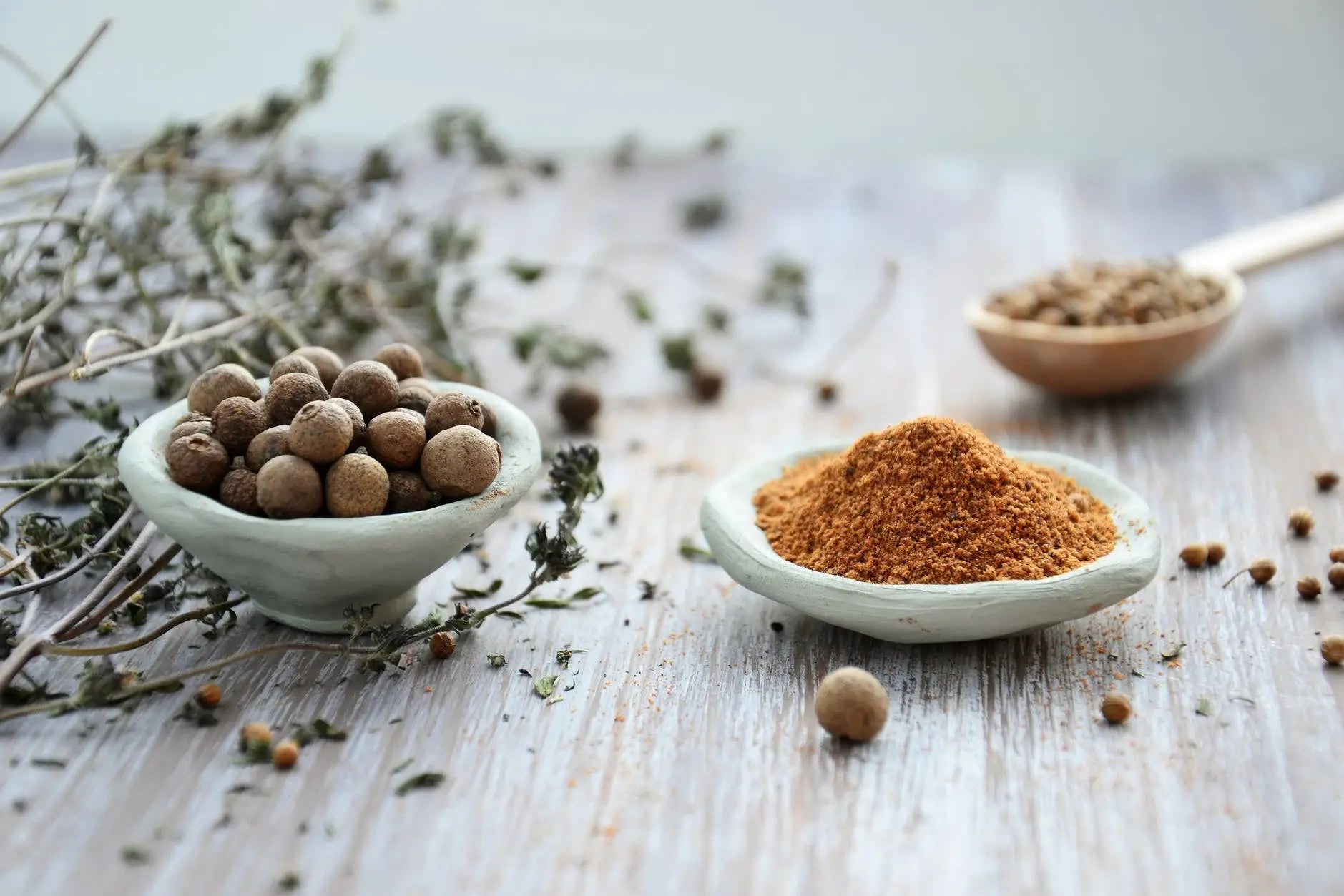The Discovery of Traditional Medicine
Just a few hundred years ago, especially in rural areas of developing countries, there was little to no standard medical care like what we have today available to the public. People generally relied on natural products for their healthcare needs, using the leaves, bark, roots, seeds, and fruits of plants to create a variety of different preparations for therapeutic purposes.
Modern medicine has derived many of the prescription medications that are available to us today from remedies of the past. Many of the drugs we use today, such as morphine, digitalis, and atropine, were created from plant extracts over a hundred years ago. For example, morphine, a naturally occurring substance, derived from the opium poppy plant of the opiate family.
It's interesting to think about how medicine evolved throughout history. Looking further back through millennia, practicing medicine was once sacred. Ancient traditions all around the world revered plants for their healing abilities, not merely of the physical, but the spiritual. In some cultures, monks grow herbs around temples and shrines; in others, they play an essential role in holy scriptures. Medicine has gone through so many phases to get to where we are today: practical, convenient, and for everyday use.

The Journey to Mainstream Medicine
With technological advancements in medicine, scientists continuously perform experiments testing the effectiveness of natural remedies on diseases of all stages. Our society is gathering more evidence now than ever, validating the efficacy of herbs when applied to cases of illness, and we're collectively reintroducing what our ancestors realized ages ago, finally allowing people to combine ancient practices with modern processes.
The concept of treating the underlying cause of health problems, known as holistic medicine, is finally coming to light as a legitimate form of treatment and beginning to be preferred by more patients in modern times as an alternative form of healthcare, opposed to merely suppressing the symptoms with medication. Medical practitioners are leaning towards treating deficiencies and insufficiencies with vitamins and minerals that already occur naturally in the body instead of introducing foreign substances that can cause adverse effects.

Our History and Our Future
Science still has a long way to go in truly understanding and determining how alternative medicine works. As simple as it may seem, there are so many components that go hand in hand, such as physical, mental, emotional, and spiritual healing factors. There are also several schools of thought, philosophies, and cultural differences that come into play when considering this.
There are complications within identifying, validating, and denying the correlating cause and effect of any treatment because we don't fully have a complete grasp on how exactly the human body and mind itself works just yet. As more research comes to light, how we think about health and science will evolve once again, and questions will arise, exploring possible avenues.
The bottom line is: modern healthcare is often not all-encompassing of remedies beyond the scope of the medical school curriculum. Over time, our society is slowly becoming more comfortable with openly integrating alternative approaches to health alongside the status quo. Widespread change often comes at a slow pace, as challenging long-held beliefs can serve to revolutionize an entire profession itself. What has guided us this far is our ability to keep an open mind and learn from our own experiences.




Share:
Learn the Terms: Phosphorus
Learn the Terms: Phytonutrients